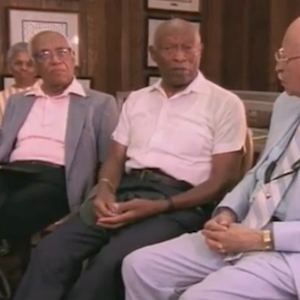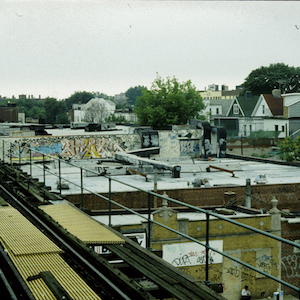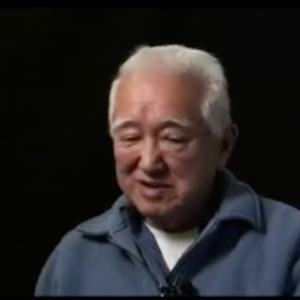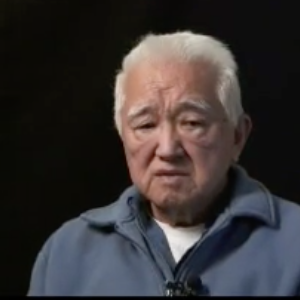North/Central America

Delaware School Alumni Interviews
In 1954, the Supreme Court declared the "separate but equal" doctrine unconstitutional in Brown vs. the Board of Education of Topeka. Years earlier, however, Pierre S. du Pont, President of E.I. du Pont de Nemours & Co.

History of Howard High School, Wilmington, Delaware
The only high school for African Americans in Delaware, Howard High School's original small, five-room building, was built shortly after the Civil War. In the early 1870s, Edwina B. Kruse became the first African American principal of the school.

Howard High School Alumni Interviews, Wilmington, Delaware
Howard High School, the only free high school for African Americans in Delaware until the 1950s, was built shortly after the Civil War. In this clip, interviewees describe the obstacles former students faced, such as traveling long distances each day on foot or by milk train.

Carlisle Indian School Students
The photograph shows buildings and students of the Carlisle Indian Industrial School around 1900. Attended by over 12,000 Native American children from more than 140 tribes between 1879 and 1918, the school was the model for nearly 150 Indian schools. Its founder was U.S.

Bronx Schoolyard
From left to right, this photograph shows four graffiti artists at work on a collaborative "production" in a Bronx schoolyard: DEATH, NIC 1, MEX, and NOX.

Queens Rooftops, Seen From a Subway Platform
A main goal for almost all graffiti artists is to be seen by other artists or appreciative peers, as well as the typical New York City passers-by.

Tags and Throws on a SoHo Side Street
This photo shows a wall covered in "tags" and "throws" along a commonly-traveled side street that runs through the SoHo area of Manhattan, which is one of New York City's major museum and art gallery districts.

Japanese American Incarceration at Minidoka, Idaho, Interview
May K. Sasaki is a Nisei (2nd generation) Japanese American. She was born Kimiko May Nakamura in 1937 in Seattle. Her parents ran a small grocery store in Nihonmachi (Japantown).

Japanese American Incarceration at Merced Assembly Center, California, Interview
(Yoshimitsu) Bob Fuchigami is a Nisei (second generation) Japanese American, born in 1930 in Marysville, California. His family operated a farm prior to World War II.

Japanese American Incarceration at Amache, Colorado, Interview
(Yoshimitsu) Bob Fuchigami is a Nisei (2nd generation) Japanese American, born in 1930 in Marysville, California. His family operated a farm prior to World War II.